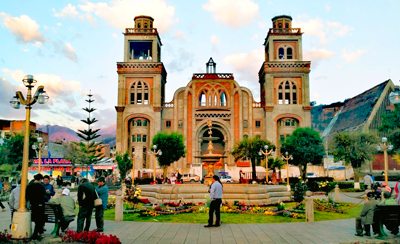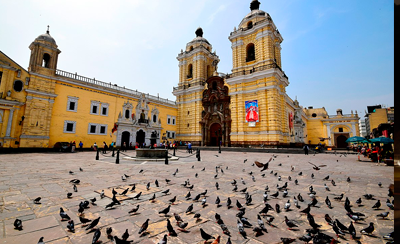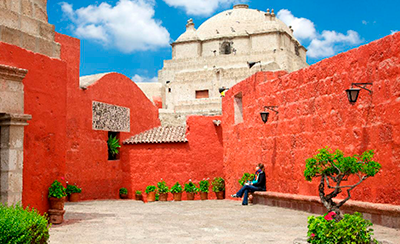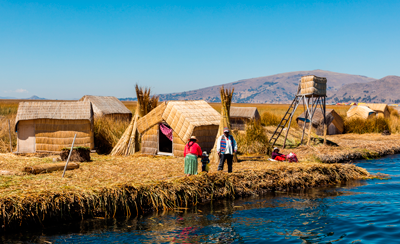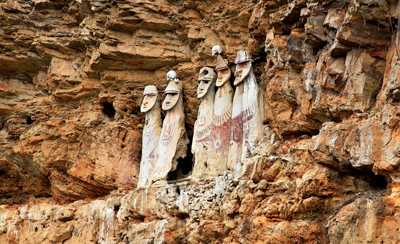CAMPIÑA TOUR LONCCO
Holders of the last landscape redoubts that exist in the white city, for the terraces, the opportunity to observe closely the famous fighting bulls and in general the life of the Arequipeño characato.
Duration: 04 hours
Altitude: 2.335 m
Difficulty: Moderate
Recommended time: April to December
Itinerary
08:00 Pick up from the hotel and start the tour, visiting the Yumina terraces, a symbol of the influence of the Churajon culture. Local culture of regional importance.
09:00 Next you will go through the district of Sabandía. Where you will appreciate the colonial church (restored) of the Virgin of the Rosary, and the history of one of the oldest corregimientos of the city. We will pass by Characato, which was an enclave of the development of the typical inhabitants of Arequipa, closer to the city of the noble neighbors of the Colonial era. In this district we will have the opportunity to see the famous fighting bulls up close. In the district of Mollebaya, a village of pre-Hispanic origin, where some important ayllus and curacazgos with influence Churajon were found, as well as some foci of puquina development, basically in the part adjoining the town of Quequeña. In this town you will appreciate the colonial life in the mayor's house as a vestige of that time and its church that had its construction in the colonial era but due to earthquakes was built a new one with a tendency to the Republican style but preserving the typical "Sillar". Also the famous batan (stone mill species) of Santa Ana (patron saint of Mollebaya) will be appreciated, as well as the place where the famous Chalupa (traditional tradition of sailing in its pond) is made.
You will pass through the town of Yarabamba, famous for its tradition of bull fights, a tradition that was kept perennial in this district as well as its rich cuisine. In this area, a small ayllu of the Chuquibamba culture was developed, and today it is characterized by the elaboration of clay bricks for the activity that began in the year 1829.
Sogay this is a restored village where one can think that time has stopped since most colonial houses have been restored, due to its strategic location (Sogay is in the middle of the traditional villages) was a very important village at the time Colonial, the houses mostly date from 1880 to 1940, you can also appreciate its agricultural landscape.
11:40 approximately return to the city

